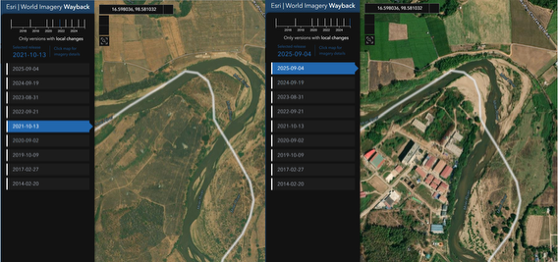The recent spike in reported cyber fraud cases in India has triggered understandable concern. Data reported by the finance ministry showed that fraud cases increased by four times in FY2024. On the surface, fraud is rising at an alarming rate — but a closer look suggests a more nuanced story.
Yes, fraud may indeed be increasing, but so too are digital transactions and, importantly, fraud awareness and reporting. Could it be that higher fraud figures partly reflect the success of awareness initiatives and improved reporting mechanisms?
Looking beyond the numbers
Our analysis reveals the money laundering operation follows a systematic process:
In fraud risk management and cybersecurity, it is essential to interpret data from multiple perspectives rather than react to numbers in isolation. One factor often overlooked is the relationship between reporting and awareness.
Over the past few years, institutions like the Reserve Bank of India, SEBI, major banks, and fintech firms have run sustained fraud awareness campaigns across television, newspapers, radio, and social media. These initiatives are driving positive change by:
- Enabling victims to recognize fraud more quickly.
- Encouraging banks and other entities to simplify and promote fraud reporting.
- Reducing the stigma once associated with admitting to being defrauded.
My own experience: Fraud numbers vs. fraud detection
This scenario is not new to me. I recall, years ago, how law enforcement agencies in India often hesitated to register cases — particularly for non-violent crimes. Higher crime numbers were perceived as a failure of policing, a negative metric. In a sense, there was an incentive for underreporting.
Similarly, during a past job interview, I was told the organization had very few fraud incidents but wanted to establish a fraud risk function as a good governance measure. I suggested the possibility that fraud might exist — but go unreported or undetected.
As suspected, once we introduced a proper reporting structure and awareness programs, reported fraud numbers increased significantly. I had to assure the leadership that fraud did not start because of new hires; it was always there, just previously hidden under labels like process errors, credit losses, or operational gaps.
Reporting growth: A healthy first step — but not the end goal
It is important to note that rising fraud reports are not always bad news. In the early phases of strengthening an organization's fraud risk program, higher numbers usually reflect improved detection and reporting.
That said, a sustained high rate of fraud over time is a definite red flag, suggesting gaps in prevention or response mechanisms.
Interpreting India’s fraud surge: Two perspectives
To bring this into perspective, here’s a simple table that breaks down the two ways to interpret rising fraud numbers:
|
Fact |
Positive View |
Concerning View |
What to Watch |
|
Fraud count has gone up |
More victims are aware and reporting frauds |
Fraud attempts are genuinely increasing |
Compare fraud % against total digital transaction growth |
|
Value of frauds has gone up |
Overall transaction values are increasing |
Fraudsters are stealing larger sums per attack |
Check the fraud value ratio against transaction volume |
|
Reporting channels expanded |
Easier for victims to report frauds |
Duplicates across multiple reporting points |
Assess the reporting flow and de-duplication processes |
|
Detection by systems |
Improved monitoring capabilities |
Fraud prevention systems may be underperforming |
Compare detection by systems vs customer-reported cases |
The role of behavioural intelligence in preventing digital fraud
As India’s digital payment ecosystem evolves, so do fraud tactics. Traditional fraud detection systems — often rules-based and reliant on predefined patterns — struggle to keep pace with sophisticated frauds like social engineering or account takeover fraud.
This is where behavioural intelligence becomes a powerful tool.
Behavioural intelligence systems analyse how users interact with devices and platforms — including typing speed, navigation flow, swiping habits, and even hesitation patterns. This helps detect fraud even when:
- The fraudster is using legitimate login credentials.
- A victim is being manipulated into authorizing transactions via social engineering.
- The attack involves the victim’s own device or network.
Compared to conventional systems, behavioural intelligence enables:
- Real-time, adaptive fraud detection.
- Lower false positives and a seamless customer experience.
- Faster adaptation to emerging fraud schemes, even before human teams can document new patterns.
Final thoughts
Rising fraud numbers are not always a sign of failure. Often, they are the first visible outcome of increased public awareness and stronger reporting frameworks. But rising numbers must also push organizations to sharpen their prevention strategies — especially through advanced tools like behavioural intelligence.
As India continues its digital transformation journey, it will be critical to balance awareness, reporting, detection, and prevention — turning data into insight and action.



